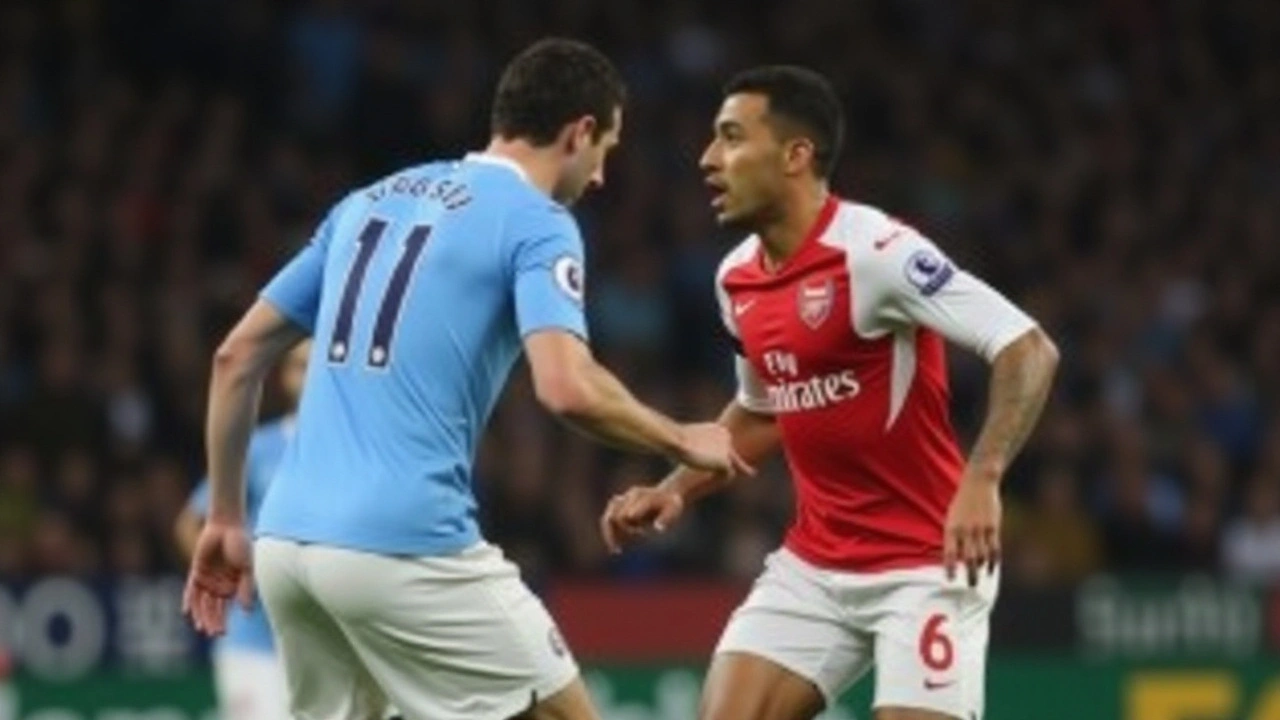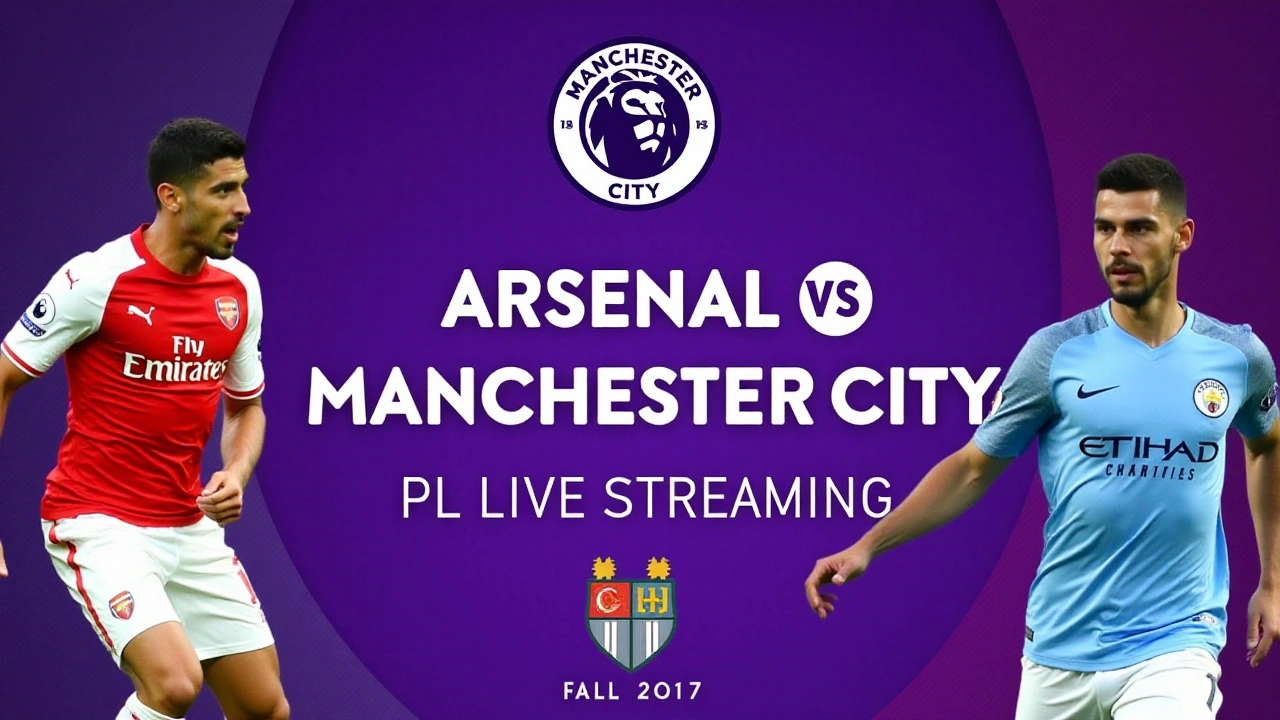The story of the Arsenal and Manchester City rivalry is a compelling chronicle of how two football clubs, once on vastly different trajectories, have converged into a fierce competitive relationship. Rewinding back to their first-ever encounter in 1893 in the Football League Division Two, these two storied clubs were mere acquaintances with no real animosity or sustained competition. Their rivalry, much like the landscape of English football itself, underwent a seismic shift over the decades, driven by financial influence, strategic management, and the pursuit of success.
The Birth and Evolution of a Rivalry
The dynamic between Arsenal and Manchester City began its transformation around 2008, a pivotal year that saw Manchester City’s fortunes change dramatically. The takeover by the Abu Dhabi United Group altered the club's trajectory, leaving a significant footprint on their narrative and escalating their rivalry with Arsenal. Suddenly, City emerged not just as a participant in English football but as a dominant and formidable force, wielding new financial clout that allowed them to reshape their squad dramatically.
Contrastingly, Arsenal, under the astute management of Arsène Wenger, had already solidified their place in English football's elite. Wenger had imbued the Gunners with a distinct style, combining flair with disciplined performance that led to numerous domestic and international titles. However, City's new status meant they could lure key players from Arsenal, shifting the power dynamics between the two clubs.
The Exodus from Arsenal
The departure of star players such as Emmanuel Adebayor, Kolo Touré, Gaël Clichy, and Samir Nasri to City did more than strengthen their rivals; it strained relations and embittered contests. Wenger was openly critical of City's approach, questioning their adherence to UEFA's Financial Fair Play regulations—a point of friction that readily added fuel to the rivalry's fire. Arsène Wenger’s public comments underscored a broader narrative on the financial inequalities infiltrating the sport, and the gap it created with traditionally successful clubs like Arsenal.
Adebayor's notorious celebration against Arsenal remains an indelible symbol of the burgeoning tension, cementing City as not just another challenger but a genuine rival in the eyes of the fans and the wider football community. Nasri’s later criticisms of Arsenal’s transfer policy after joining City exacerbated tensions, positioning the rivalry not just on the pitch but through heated words and competitive strategies off it.
City's Rise and Arsenal's Challenges
By the time Manchester City clinched their first Premier League title in 2011-12, they had not only surpassed Arsenal in league standings but showcased how rapidly their investments translated into success. Arsenal, on the other hand, struggled to replicate their former dominance, finding themselves in a shift that focused more on domestic cups while City ascended to a powerhouse status.
During the ensuing decade, City’s growing trophy cabinet contrasted sharply with Arsenal’s challenges, yet this only spurred a stronger rivalry as both teams competed for precious league points. Arsenal's ambition and historical stature in the game constantly pitted them against City’s newfound supremacy, resulting in a series of races and memorable matches that captivated fans. The evolving narrative saw the clashing of philosophies—City's financially buoyed squad against Arsenal's emphasis on homegrown talent and judicious spending.

The Mikel Arteta Era and Revival of Competition
The appointment of Mikel Arteta, a former City assistant, as Arsenal's head coach marked a new chapter in this rivalry. This was not merely a managerial change but symbolized a tactical bridge between the two clubs. Arteta, bringing insights from his tenure under Pep Guardiola, began to rejuvenate and restructure the Arsenal squad. By 2022-23, Arsenal was on the cusp of league glory, managing to lead the Premier League into the final month, though falling just short behind City’s seasoned squad.
The competitive landscape readied itself for the new season, as both teams geared up for a pivotal clash at the Emirates on February 2, 2025. This encounter stood as a testament—another litmus test—of how these clubs would gird themselves in the battle for English football’s highest honor. The match transcended beyond three points; it carried implications for title race dynamics and the persistent question of whether Arsenal could dethrone Manchester City's prominent stature.

The Tactical Battlefield
As Arteta and Guardiola prepared for this head-to-head, their strategies were shaped as much by personal rapport as professional acumen. Arteta looked to capitalize on Arsenal's home advantage, with a plan focused on incisive attacking play and shrewd defensive maneuvers. Current stars like Martin Ødegaard were pivotal, orchestrating midfield magic that could unlock City’s defense.
Simultaneously, City’s Kevin De Bruyne, freshly returned from injury, represented a significant threat, with his game-changing capabilities poised to influence the outcome. The duel between Arsenal’s robust defense, notably William Saliba and Gabriel Magalhães, against City's Erling Haaland further intensified the game, promising a dramatic spectacle. Injuries to key players such as Arsenal’s Bukayo Saka and City’s Ruben Dias added another layer of intrigue to how each side would adapt and emerge victorious.
The lingering question within this arena, as fans around the world awaited kickoff, was simple yet profound: could Arteta's Arsenal reclaim their former glory, or would Guardiola's City affirm their sustained dominance? Whatever the outcome, this match, rooted deeply in the modern rivalry, exemplified the passion, unpredictability, and sheer resolve that defined the ever-evolving narrative of English football.